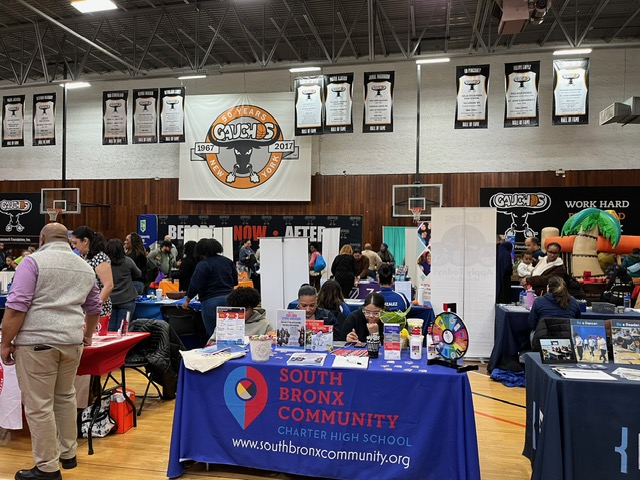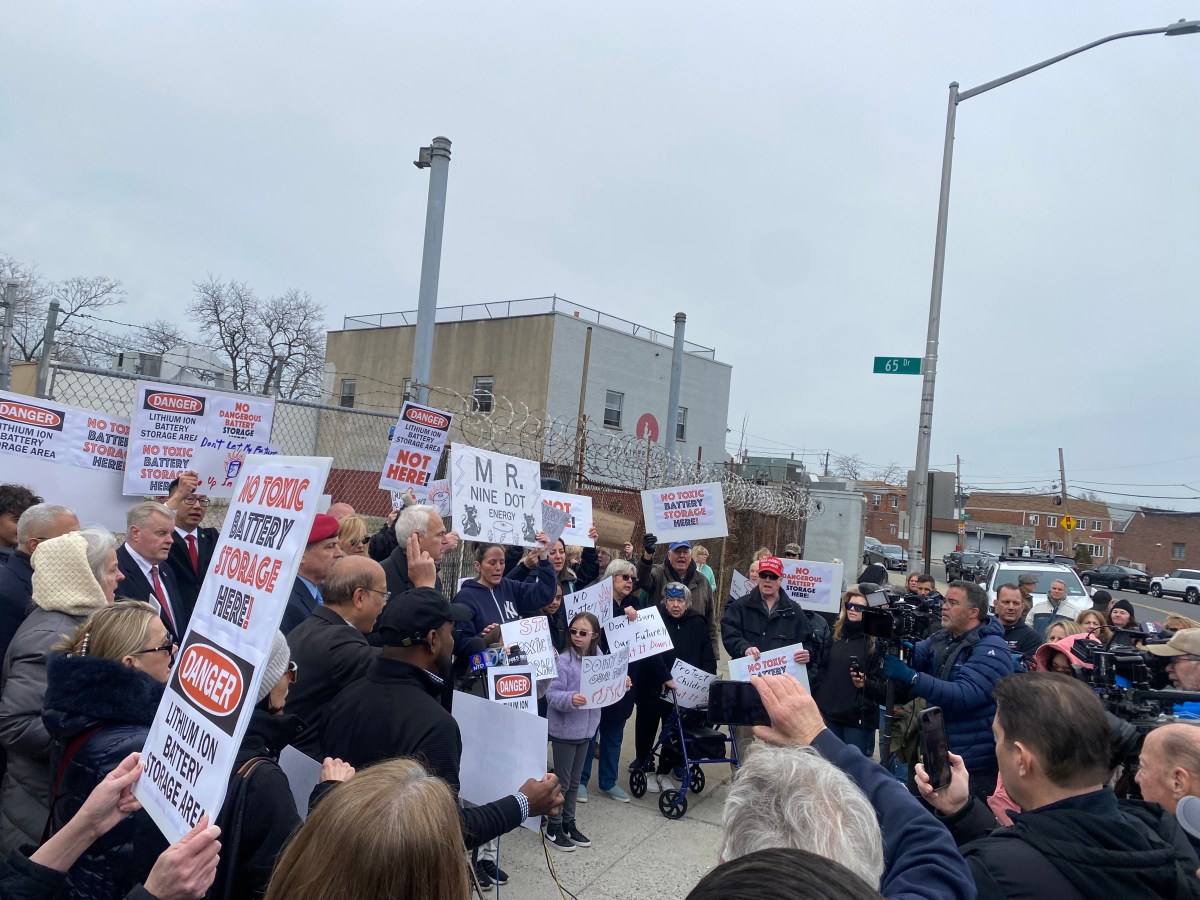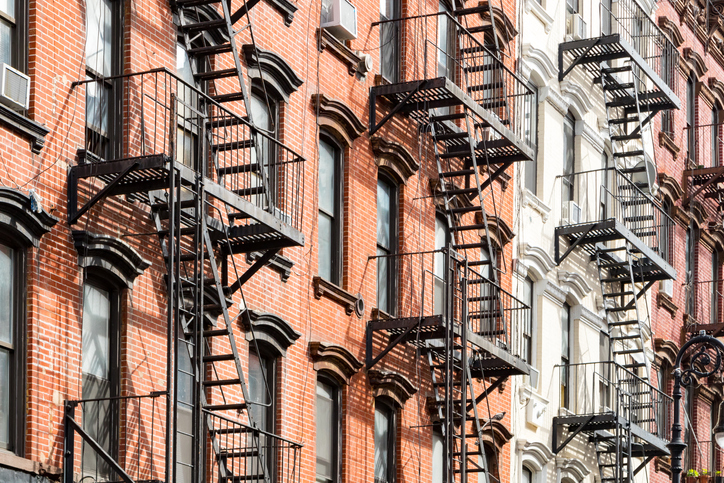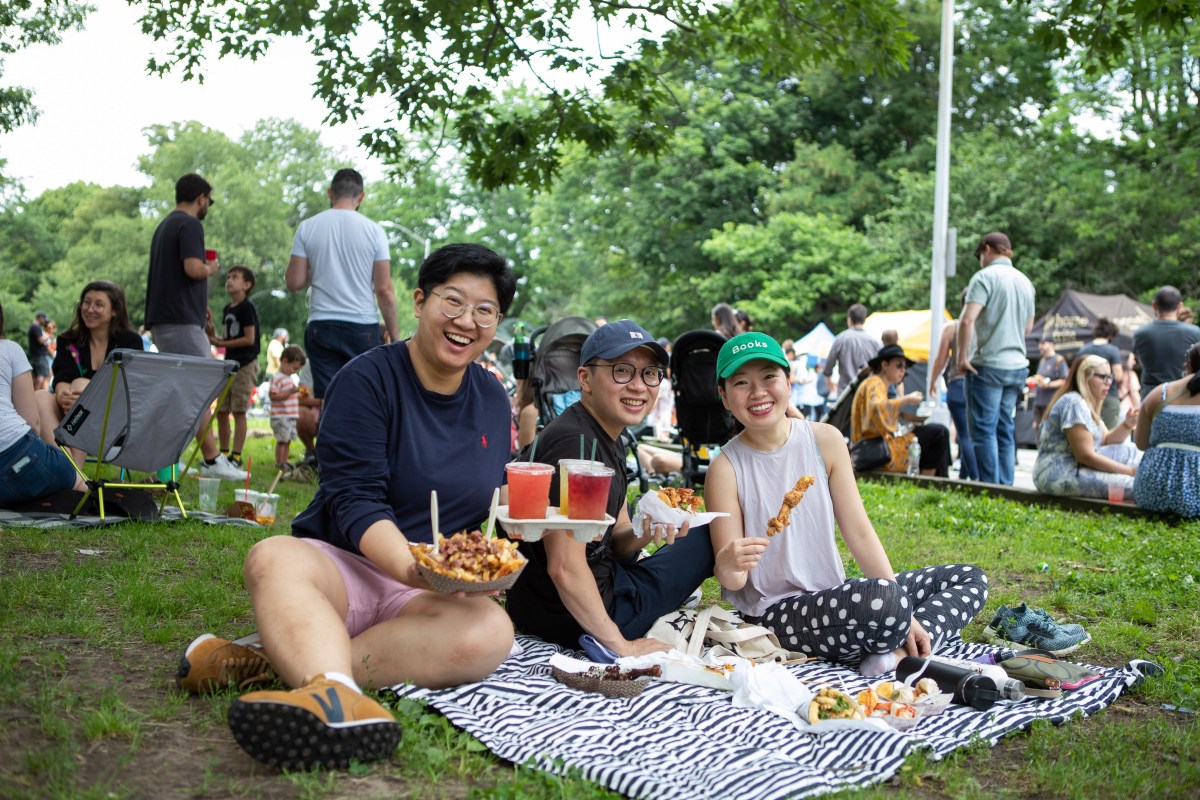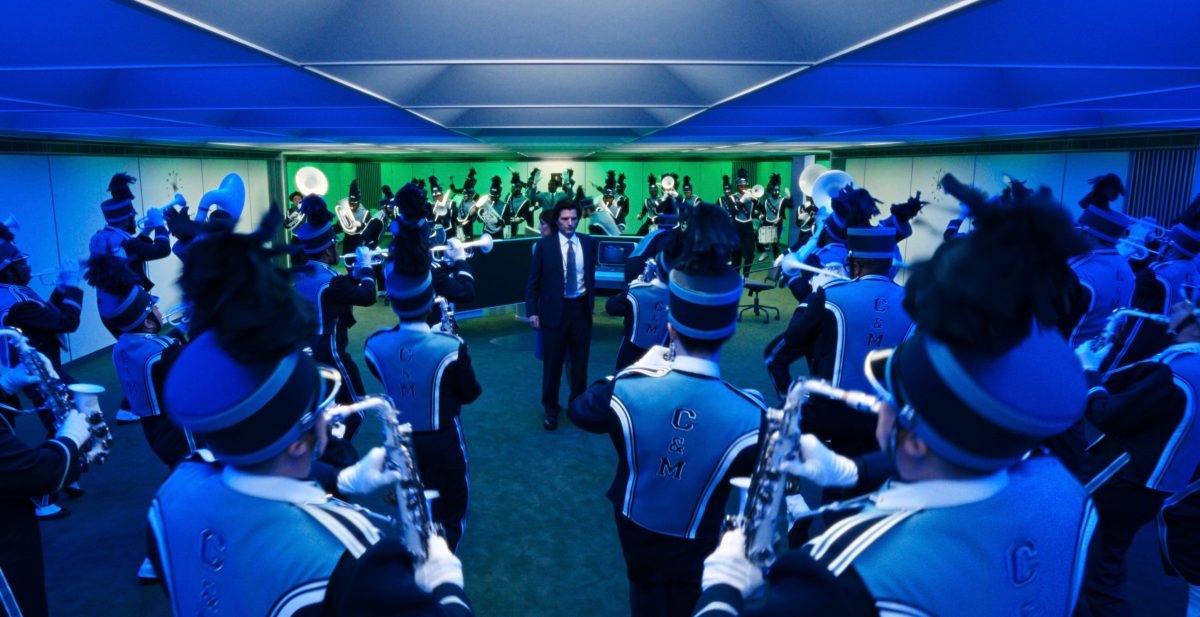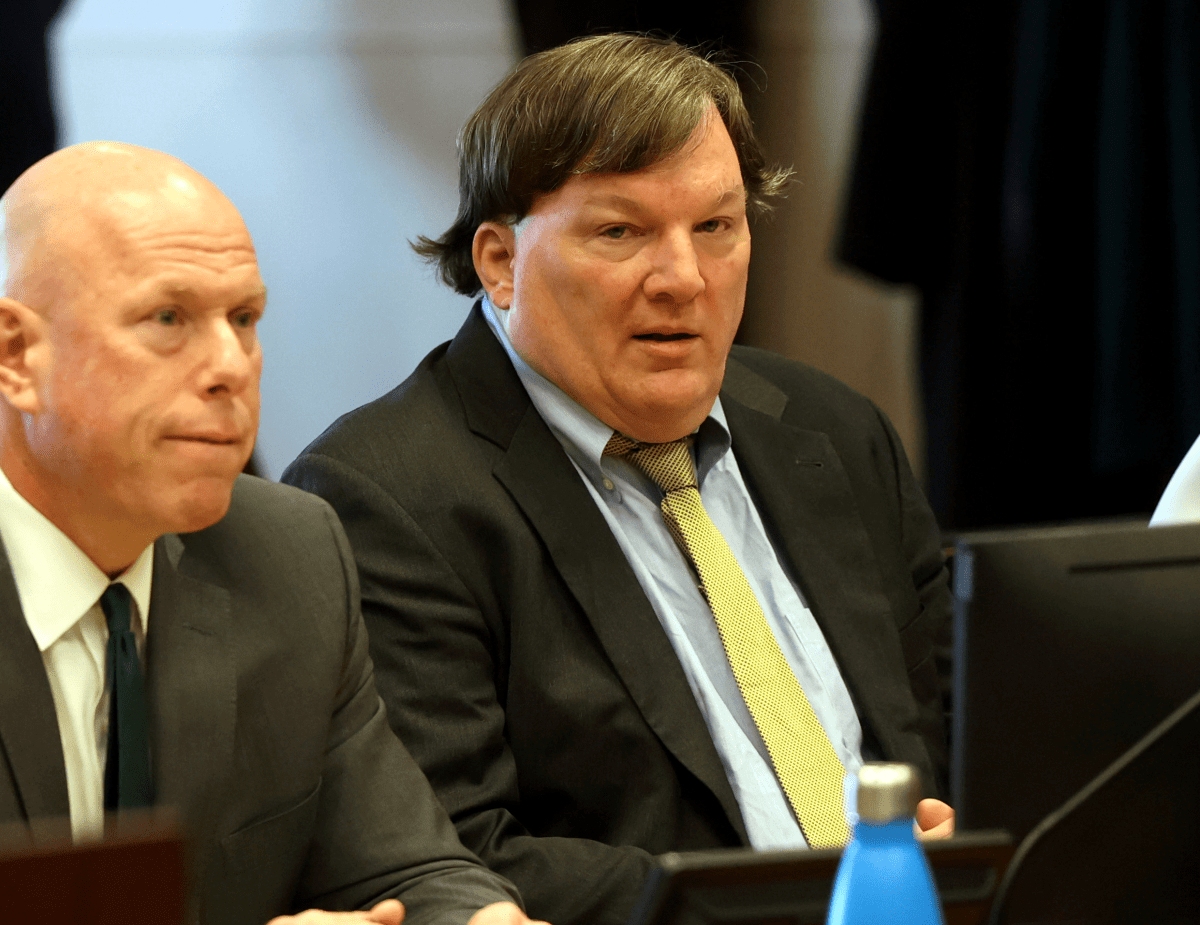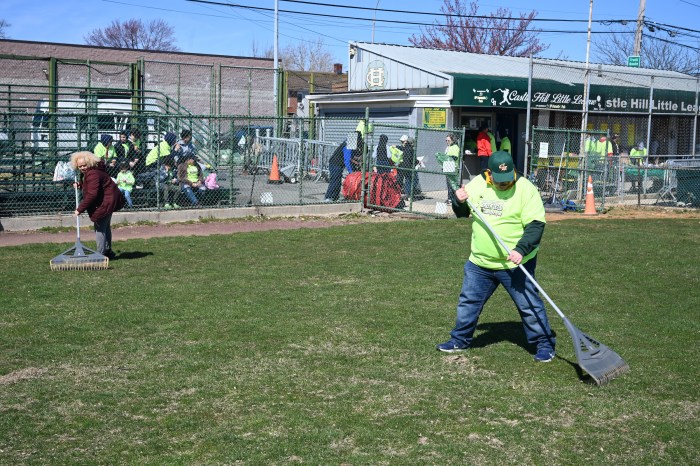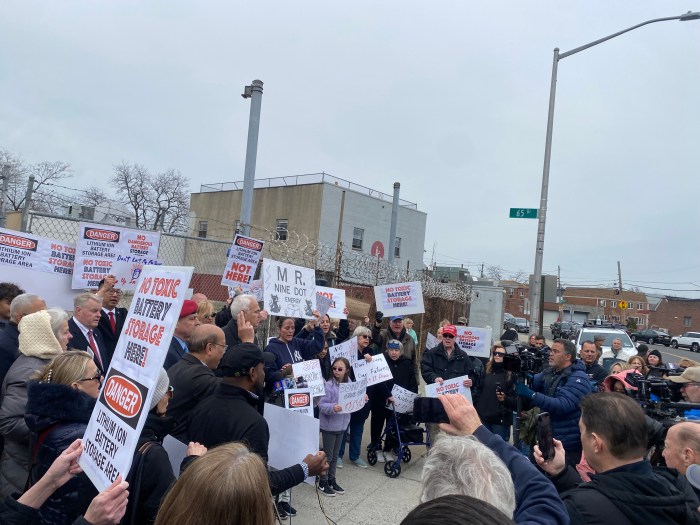 [/media-credit]
[/media-credit]
- P.S. 234 in Tribeca is one of the numerous Downtown public schools with wait lists.
BY ALINE REYNOLDS | The last thing Karen Behrens thought she’d have to worry about when her family moved to Battery Park City in December 2001, was getting her child into a local elementary school.
“Everyone was leaving, and we said, ‘You know it’s not right – the whole area’s going to die if everyone just deserts it,” said Behrens. “Even though rents are much higher [than elsewhere], I decided to stay in the area, ‘cause I wanted her to go to a great public school.”
But as fate would have it, Behrens’s daughter, Victoria, ranked 23 out of 26 on the P.S. 276 kindergarten waitlist for the 2012-2013 school year.
“This is a bit of a shock,” said Behrens. “It’s outrageous.”
Behrens joins close to 100 Downtown parents whose youngsters have been waitlisted at P.S. 276, P.S. 89, P.S. 234 and the new Peck Slip School.
This year, the families have banded together to petition the seat shortage, which in recent years has triggered the unwelcome annual trend of waitlists at the schools and is only expected to worsen. Though the waitlists are supposed to let up between now and the fall due to attrition and gifted-and-talented offers, the parents still fear having to send their children to schools outside of Downtown.
In just 48 hours, Behrens and fellow parents collected more than 200 signatures in support of the message, “Uprooting children out of their community is detrimental to their development and is clearly not the answer! We want real change for the future of our children! We demand a real solution!”
In the petition, the parents also voice their opposition to Mayor Michael Bloomberg’s plan to sell the city-owned buildings, 49-51 Chambers St., 22 Reade St., and 346 Broadway, and are requesting that the city Department of Education’s School Construction Authority consider them as possible sites for a new public school.
In a statement issued last week, Council Member Margaret Chin urged the S.C.A. to set its sights specifically on 22 Reade St., which houses the offices of the Department of City Planning.
Chin called the overcrowding situation “unacceptable” and “heart-wrenching.”
“Overcrowding in our elementary schools has reached a critical level,” said Chin. “The D.O.E. is aware of the hardships faced by Downtown families, yet they refuse to address this problem in a proactive manner.”
The D.O.E. didn’t respond to requests for comment.
The Department had warned late last year that the rezoning plan would lead to waitlists. But NYU professor Eric Greenleaf, who has extensively researched Downtown overcrowding, insists that the two have nothing to do with each other.
“Every single school either has a waitlist or has no room. We know that,” said Greenleaf. “So that means collectively, no matter how you do the zones, there’s a lot more kids than seats.”
The cost of the D.O.E.’s refusal to plan ahead is huge, according to Greenleaf.
“What’s distressing here is that families living Downtown and wanting to send their kids to school here, are likely to move, and people who are thinking of moving Downtown because it’s a great community, are now not going to move here.”
P.S. 89, which has waitlisted 26 children, has never seen this amount of overcrowding before, according to Parent Coordinator Connie Schraft.
“We’re hoping there’s going to be movement on the waitlist, but we don’t know what will happen,” said Schraft.
Schraft plans to begin accepting waitlisted children as soon as the other families start to decline their seat offers between now and Fri., April 20, marking the registration deadline for next year’s kindergarten classes.
“We’ll do it as quickly as we can,” said Schraft.
In the meantime, local parents such as Stephanie Dauge are scrambling for other options in the event that their children aren’t offered a seat at their zoned schools.
But the prospects of sending their children to private schools or to public schools in Chinatown or the West Village, aren’t all that appealing, according to the parents.
“We’re worried,” said Dauge, whose son is number 13 on the waitlist. “We didn’t even think about private schools, since we have a public school one block away from our home.”
“Busing isn’t appropriate for a five-year-old,” said Elena Parkhomenko, whose daughter, Victoria, has also been waitlisted at P.S. 89. “If we wanted her to go to a private school, we would live elsewhere.”
P.S. 276, which also didn’t have a waitlist last year, now has 27 surplus kids itching for seats.
“I’ve had parents yelling at me and some parents crying with me,” said the school’s parent coordinator, Erica Weldon. P.S. 276, which was built to accommodate only three classes per grade, housed five kindergarten classes this year to avoid a waitlist. Next year, however, the school only has room for four kindergarten classes, since it will be expanding to include fourth and eighth grades.
“The city hasn’t made plans for this – they didn’t really set up enough infrastructure,” said Weldon. “The only grade we’re missing next year is fifth grade. Then, we’ll be even fuller.”
The additional classes per grade might force P.S. 276 to do away with its pre-kindergarten program.
“It’ll really be a shame,” said Weldon, “because there’s not a lot of public pre-K programs Downtown anymore.”
Marcia Smithwick, whose daughter, Kaya, is number 12 on the waitlist, now cringes at the sight of P.S. 276 from her apartment, since she might no longer be able to send her daughter to school there.
“It’s devastating. My daughter’s already in the school, and I have to reapply to get into kindergarten,” said Smithwick. “At this point, I have no school for her.”
Responding to the situation, NYS Assembly Speaker Sheldon Silver, who heads the Lower Manhattan School Overcrowding Task Force, said the waitlists are indicative of the need for more school seats.
Silver added, “Our excellent schools are a primary reason that so many families choose to live in Lower Manhattan, and it is essential that children attend schools in their neighborhood.”



